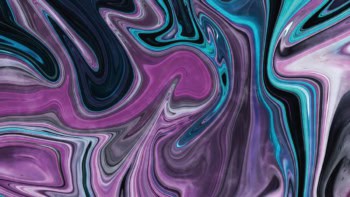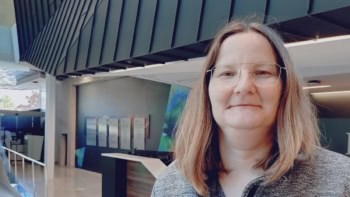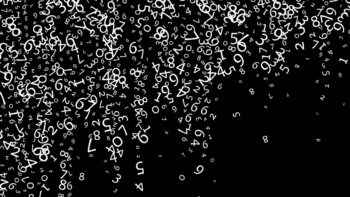
With so much fascinating research going on in quantum science and technology, it’s hard to pick just a handful of highlights. Fun, but hard. Research on entanglement-based imaging and quantum error correction both appear in Physics World’s list of 2024’s top 10 breakthroughs, but beyond that, here are a few other achievements worth remembering as we head into 2025 – the International Year of Quantum Science and Technology.
Quantum sensing
In July, physicists at Germany’s Forschungszentrum Jülich and Korea’s IBS Center for Quantum Nanoscience (QNS) reported that they had fabricated a quantum sensor that can detect the electric and magnetic fields of individual atoms. The sensor consists of a molecule containing an unpaired electron (a molecular spin) that the physicists attached to the tip of a scanning-tunnelling microscope. They then used it to measure the magnetic and electric dipole fields emanating from a single iron atom and a silver dimer on a gold substrate.
Not to be outdone, an international team led by researchers at the University of Melbourne, Australia, announced in August that they had created a quantum sensor that detects magnetic fields in any direction. The new omnidirectional sensor is based on a recently-discovered carbon-based defect in a two-dimensional material, hexagonal boron nitride (hBN). This same material also contains a boron vacancy defect that enables the sensor to detect temperature changes, too.
Quantum communications
One of the challenges with transmitting quantum information is that pretty much any medium you send it through – including high-spec fibre optic cables and even the Earth’s atmosphere – is at least somewhat good at absorbing photons and preventing them from reaching their intended destination.

In July, a team at the University of Chicago, the California Institute of Technology and Stanford University proposed a novel solution. A continent-scale network of vacuum-sealed tubes, they suggested, could transmit quantum information at rates as high as 1013 qubits per second. This would exceed currently-available quantum channels based on satellites or optical fibres by at least four orders of magnitude. Whether anyone will actually build such a network is, of course, yet to be determined – but you have to admire the ambition behind it.
Quantum fundamentals
Speaking of ambition, this year saw a remarkable flurry of ideas for using quantum devices and quantum principles to study gravity. One innovative proposal involves looking for the gravitational equivalent of the photoelectric effect in a system of resonant bars that have been cooled and tuned to vibrate when they absorb a graviton from an incoming gravitational wave. The idea is that absorbing a graviton would change the quantum state of the column, and this change of state would, in principle, be detectable.

Another quantum gravity proposal takes its inspiration from an even older experiment: the Cavendish torsion balance. The quantum version of this 18th-century classic would involve studying the correlations between two torsion pendula placed close together as they rotate back and forth like massive harmonic oscillators. If correlations appear that can’t be accounted for within a classical theory of gravity, this could imply that gravity is not, in fact, classical.
Perhaps the most exciting development in this space, though, is a new experimental technique for measuring the pull of gravity on a micron-scale particle. Objects of this size are just above the limit where quantum effects start to become apparent, and the Leiden and Southampton University researchers who performed the experiment have ideas for how to push their system further towards this exciting regime. Definitely one to keep an eye on.
The best of the rest
It wouldn’t be quantum if it wasn’t at least little bit weird, so here’s a few head-scratchers for you to puzzle over.

Exploring this year’s best physics research in our Top 10 Breakthroughs of 2024
This year, researchers in China substantially reduced the number of qubits required to verify an online shopping transaction. Physicists in Austria asked whether a classical computer can tell when a quantum computer is telling the truth. And in a development that’s sure to warm the hearts of quantum experimentalists the world over, physicists at the SLAC National Laboratory in the US suggested that if your qubits are going haywire and you don’t know why, maybe, just maybe, it’s because they’re being constantly bombarded with dark matter.
Using noisy qubits to detect dark matter? Now that really would be a breakthrough.



